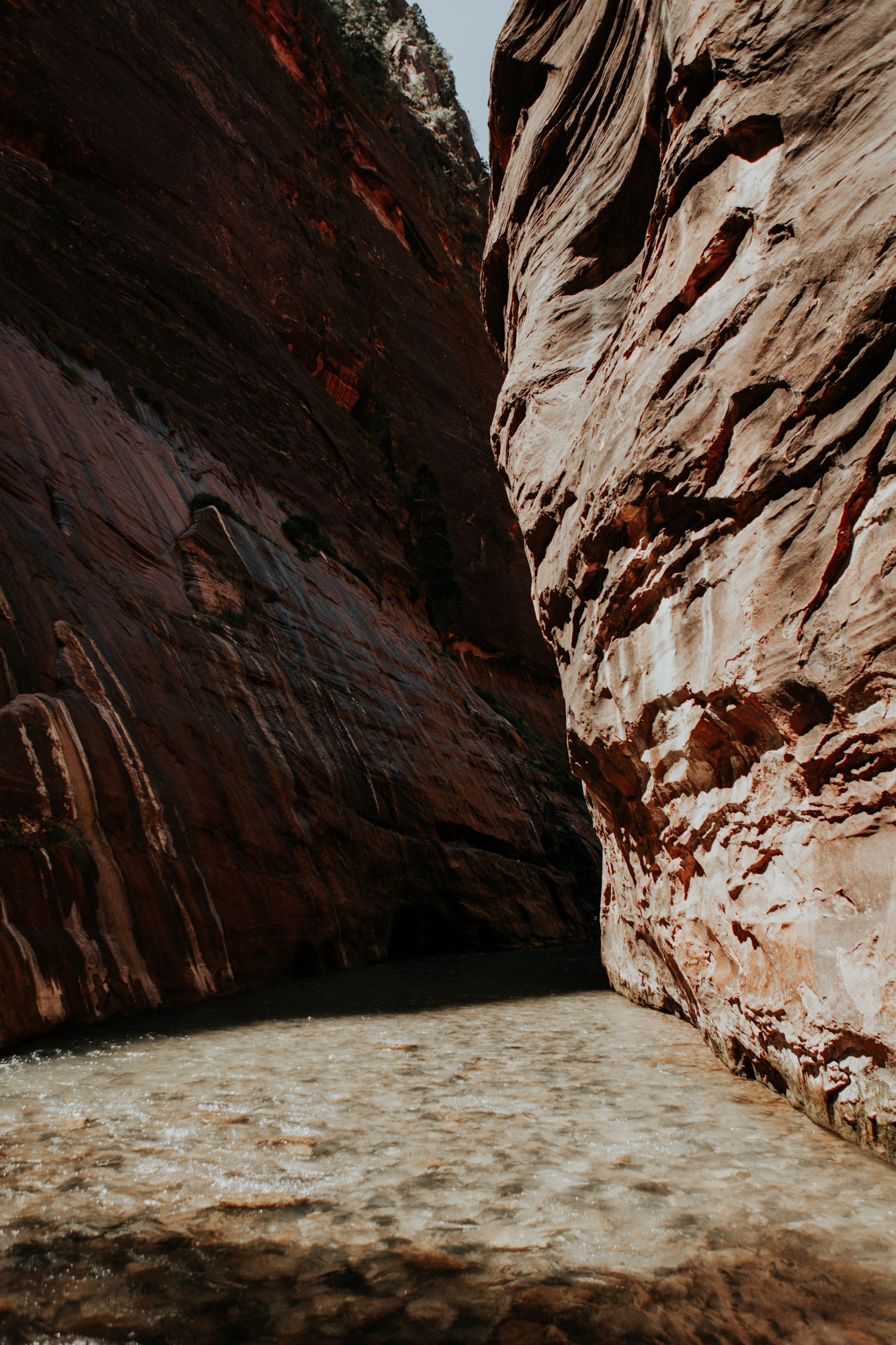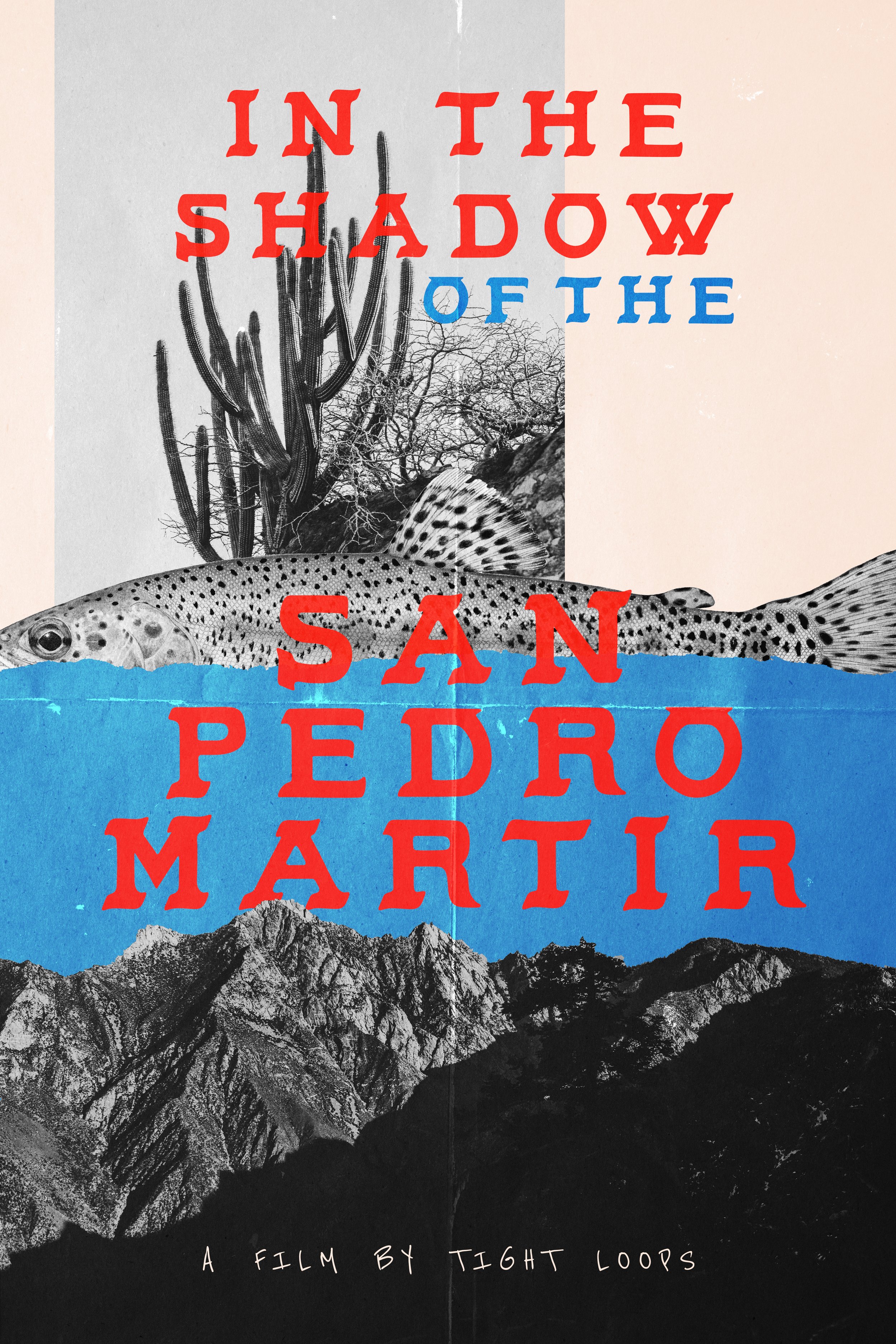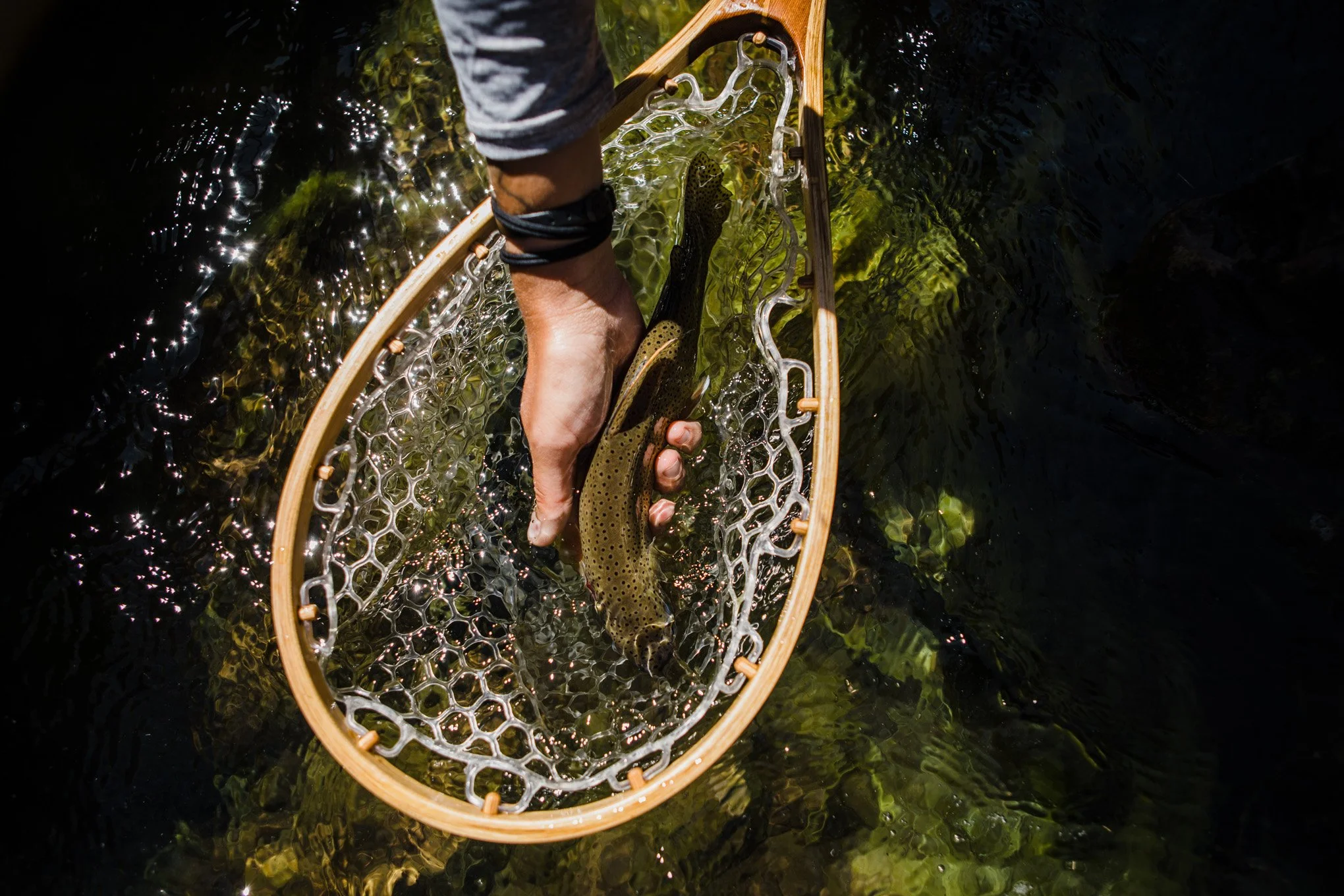Oasis on the Plateau
We’d never been to the Grand Canyon. We pictured a relatively desolate place, perhaps surrounded by red rock, with roads running along the edge of the rim dotted with pull-offs filled with giant buses of tourists. Having spent a week in extreme heat already we were pretty reluctant to go, considering we’d already been treated to such incredible views in Canyonlands. The road from Utah to Arizona didn’t bode well either. Every mile of hot, empty desert put between us and our eventual destination of the Grand Tetons in Wyoming had us cursing and second-guessing our decision. Five or six hours later the horizon began rising up to meet us as we started a long, and arduous climb. It was late afternoon and we squinted as we ascended due west. With the heat cranked to relieve the radiator, and a top speed of around thirty-five miles an hour we crested the hill nearly an hour later. “Where the hell are we?!” Aimee couldn’t help but utter aloud. The red desert had completely vanished, and in its place sprouted a lush sub-alpine forest of Douglas fir and ponderosa pine (to name a few). Pinyon Jays and Canyon Wrens danced through the branches and rocky outcroppings, and only a few miles in past the entrance we were greeted by a robust herd of elk, with males displaying impressive racks. We rushed to put flannels and hooded sweatshirts on; it was 5-10 degrees cooler on the plateau than the desert below. This wasn’t anything like we had imagined, and we couldn’t have been happier about it.
We pushed past groups of other visitors as we made our way to the rim for the first time. “Holy Shit…” I muttered under my breath. “Now I get it.” The grandeur and immensity of the canyon is hard to describe, but standing there on the edge, gazing into a giant fisher spanning millions of years of geologic activity on earth left us speechless. Like a timeline, the sedimentary rungs descend a mile into the earth, the bottommost layers revealing the very formation of our planets crust. “We might need to spend a few extra days here.” We both agreed. The campgrounds in the park were filled, but less than a quarter mile outside the boundaries we found plentiful National Forest land, where free disperse-camping is permitted. That night I spilled an entire portion of “Cup-O-Noodles” Ramen inside the van, burning Aimee’s legs in the process. Had we still been in the heat of the desert it might have been a volatile incident, but in the cool breeze of the canyon night we didn’t even let it phase us. We spent the next few days photographing the Canyon from various vantage points, and admiring the abundant and unique wildlife, like the Albert’s squirrel, with its long tufted ears. On our final night we decided to watch the sunset and then stay out to photograph the night sky (one of canyons great draws). It was a particularly stunning sunset, setting the sky ablaze in vibrant reds while the canyon walls fell into deep blue shadow. After eating a snack and chatting in the van while the last remnants of dusk became night, Aimee grabbed the camera in preparation for the night shoot. On autopilot she began flipping through menus to reformat her SD card. “Watcha doin?” I asked. “Clearing the card.” She said. “Oh…clearing the—CLEARING THE CARD? Today’s card?!?” Before I could get another word out the expression on her face told the story. By the time she looked back down the operation was complete, and over 24 hours of images, including our grand sunset were lost forever. Her eye’s welled with tears as she hung her head and whimpered, “I don’t even know what I was thinking…” We both sat in silence for a few seconds, wondering what to do next. “That’s ok!” I exclaimed. “It’s only pictures! Those memories will have to be just for us, and no one else. In some ways that makes them even more special. Now lets get out there and shoot some more!” Aimee wiped her eyes, clicked on her headlamp, and together we walked out into the darkness.
That night as we gazed into the inky abyss below us we saw faint glimmers of camp fires dotting the canyon walls, no doubt set by campers who’d decided that experiencing the park from the precipice would only scratch the surface. We lamented the fact that we hadn’t hiked in as well, but our time was already running long, and we knew that if we were going to have time to see Zion on our way back north we’d have to leave in the morning. The following day we left more reluctantly than we had from Canyonlands, and began our drive north back into Utah. Soon the midday heat was again unbearable. It took the better part of the day, with plentiful breaks into air-conditioned restaurants to make our way to Zion. Unsure of what to do first in the park we decided to drive end to end and get a feel for the place. On our decent into the canyon cut by the Virgin River the van started to sputter a little. It was intermittent, so we didn’t think much of it (if you don’t have experience with old VW’s you might think that last statement was odd, but you’d be amazed by what we all go through on a daily basis). When we reached the bottom it was nearly dark, and as usual, all the campgrounds were full. The road in was steep, and although we’d seen disperse camping on the plateau above we felt it would best not to risk trying to climb back out with an already temperamental Bullwinkle. We settled for an RV park outside the south entrance, which had one site still open. We paid a full RV price (50 dollars!) but figured screw it, we’d spent that last several days camping for free, so might as well splurge for the convenience of not having to go searching in the dark. Not to mention, we’d nearly suffered heat stroke getting there, so we were ready to pack it in for some much needed rest. We pulled in and made dinner. Still riding the excitement of the previous nights shoot we decided to drive back into the park around midnight to capture the stars over the iconic rock walls. But when we started the van, something was wrong. Very wrong.
The engine sounded like a blender full of rocks, and we struggled to get the van to turn back around and into our spot. We dumped everything out of the back and opened the engine bay, frantically searching for any obvious signs of what might be happening. There were none. “The only thing I can think of that would sound like that is either a dying transmission of a dying motor.” I exclaimed. “Either way we’re screwed!” Had we cooked Bullwinkle on our desert drive? Was this the end of the line? It was hot as hell there, and the idea that we might be stranded in Utah before very reaching our beloved western frontier was almost too much to bear. All we could do was try to sleep, and reassess in the morning. We tried to comfort each other, but it was a hot, restless night. The following morning there was a heaviness to the atmosphere in the van. We sat silently, senses attune to every bump, creek and vibration as I turned the key. Bullwinkle started rough, but it was clear immediately that whatever had plagued us the night before had passed. We let out a deep, albeit pretty confused sigh of relief.
During peak season in the park the majority of the roads are closed to private vehicles, and visitors are required to explore the park via canyon “shuttles” that transport thousands of people a day along eight different stops. We agreed that this was ideal, considering we were still hesitant to drive very far. I’ll keep this part short, because although Zion is a tremendously beautiful national park, which I’d recommend everyone take the opportunity to see at some point, the crowds had a significant effect on our experience. Crammed shoulder to shoulder, we embarked on the world famous hike into “the narrows”, but it was strange to share the tight canyon with well over a thousand other people, wading in unison, drowning out any and all natural sights and sounds. We turned around after a few miles and agreed that we’d have to return some other time, perhaps in the fall. We spent the rest of the day in a coffee shop in Springdale catching up on emails and waiting for the heat to subside for our journey northward. Our plan was to drive five or six hours that night, sleep at a rest area, then drive another five or six in the morning. We knew the Wyoming air would be much cooler, so all we had to do was avoid the middle of the day in between and we would be all right. The van started fine, and we were off. We didn’t know how long it would be before another mechanical scare, nor did we have any idea exactly what had happened the night before, but we were on our way to the Greater Yellowstone Ecosystem and we could hardly contain our excitement.



























